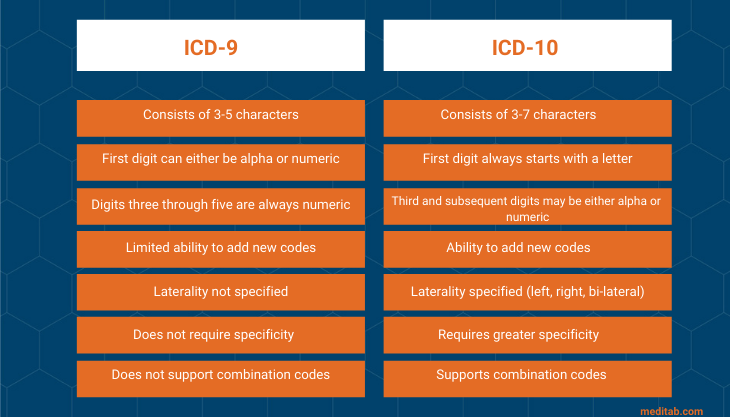ICD-10 (International Classification of Diseases, 10th Revision) is a globally recognized system used by healthcare providers, insurers, and researchers to classify and code diseases, symptoms, and medical procedures. Developed by the World Health Organization (WHO), ICD-10 ensures uniformity in medical documentation, billing, and statistical analysis.
Key Features of ICD-10 Codes
- Alphanumeric Structure – ICD-10 codes consist of 3 to 7 characters, beginning with a letter followed by numbers and additional sub-classifications for greater specificity.
Example: E11.65 (Type 2 diabetes mellitus with hyperglycemia).
- Enhanced Detail – Compared to ICD-9, ICD-10 offers more precise codes, allowing for better tracking of diseases, complications, and treatments.
- Global Standardization – While the WHO provides a base version, many countries (like the U.S. with ICD-10-CM for diagnosis and ICD-10-PCS for procedures) have adapted it for local use.
Why ICD-10 Codes Matter
- Accurate Billing & Reimbursement – Ensures healthcare providers are properly compensated by insurance companies.
- Improved Patient Care – Helps track disease patterns and treatment outcomes.
- Public Health Research – Supports epidemiological studies and health policy decisions.
Common ICD-10 Code Categories
- A00-B99 – Infectious & parasitic diseases
- I00-I99 – Circulatory system diseases
- J00-J99 – Respiratory conditions
- S00-T88 – Injury, poisoning, and external causes
As healthcare evolves, ICD-10 remains a critical tool for efficient and accurate medical record-keeping. Future updates, like ICD-11, will further refine disease classification.
For medical professionals, staying updated on ICD-10 coding changes is essential for compliance and optimal healthcare management.
Would you like a deeper dive into a specific ICD-10 category? Download PDF Below
